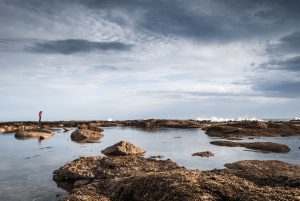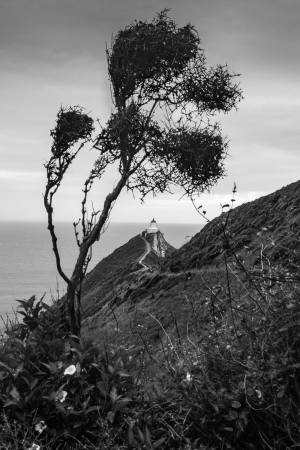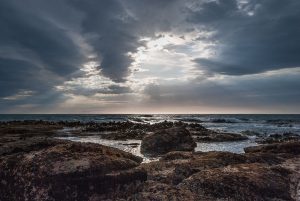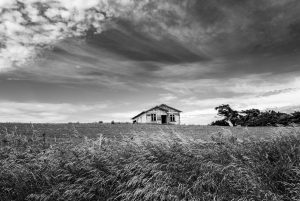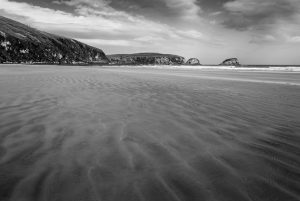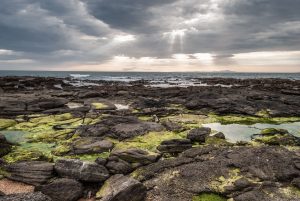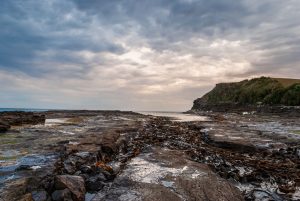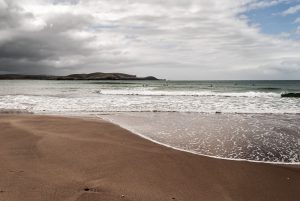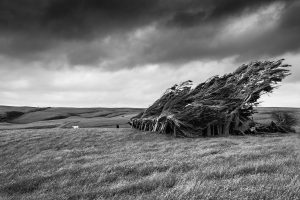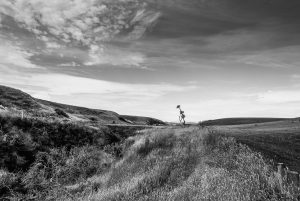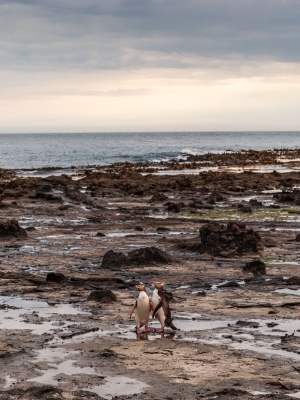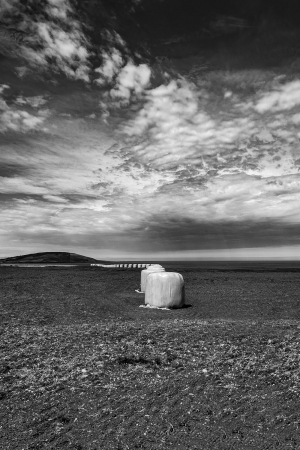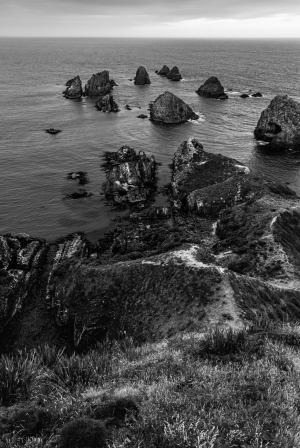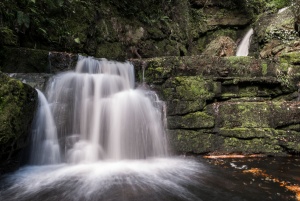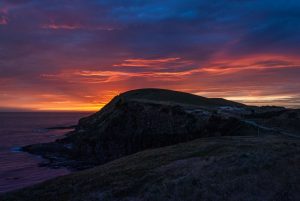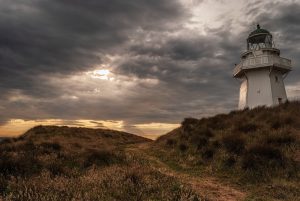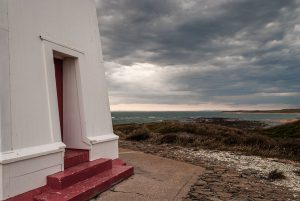Home > New Zealand > The Catlins
The Catlins
Untainted by the modern world, the Catlins is a place where time stands still. The coast has an untouched and rugged magnetic beauty.
Native forests fringed with high cliffs, desolate sandy beaches and cascading waterfalls cover this region of south-east New Zealand. A region of hidden lakes, caves, wildlife havens and the lifestyle of a bygone era.
Off the beaten track is exactly where you'll be once you reach the Catlins.
Boasting a rich history, its first inhabitants were the semi-nomadic Maori tribes of the Kāti Māmoe and Waitaha, with archaeological evidence dating such settlements at around 1350AD.
In 1770, the renowned European explorer Captain James Cook is recorded as sighting the region. However not until 1810-1830 did the first whalers and sealers arrived in the area.
Subsequently, European settlement commenced around the mid-1850s. Arriving primarily to mill trees, with the first mill going into operation in 1865.
The Catlins Surf
Positionally exposed, the Catlins’ coastline sees some of New Zealand's largest ocean swells. Consequently, the region has caught the eye of big-wave surfers.
In the past, however, such swells have been responsible for a number of catastrophic shipwrecks. One incident, in particular, involved the 'SS Tararua'. A screw steamer with sails, the Tararua was owned by the Union Steamship Company and built by the Gourley Brothers of Dundee.
On 29th April 1881, the steamer struck the reef at Waipapa Point and was wrecked to pieces in the heavy swell. One of the passengers managed to swim ashore but help was a long way off. A young workman from a nearby station rode to Wyndham, over 50km away. The alarm was raised but it was already too late.
Passengers and crew were swept off the deck by the waves and the death toll of 131 passengers and crew (from 151 onboard, including Captain Francis Garrard) still stands as New Zealand’s worst maritime disaster involving civilians.
Photographing the Catlins
Capturing the Yellow-Eyed Penguin (Hoiho) as they arrive onshore at dusk to feed their young is a must for the wildlife enthusiast.
The historic, picturesque lighthouses at Nugget Point and Waipapa Point are particularly photogenic.
Add to this some of the most photographed waterfalls in the world such as the stunning McLean, Purakaunui and Matai Falls.
All in all, there's enough in the Catlins to keep you busier than a mozzy on a nudist beach at dusk.
Completely Useless Facts about the Catlins
- It's a sparsely populated region of approximately 1200 residents. Its largest town Owaka is home to a population of around 400
- The region takes its name from Edward Cattlin, a whaling ship's captain who made a land claim in the district in 1840
- A petrified Jurassic forest at a ripe 170 million years old can be found in the Catlins
Have a wemooch elsewhere...
Inspired?
Thinking about heading off for a beach load of coastal tranquillity?
You'll need a few things to come together for it all to work out. There's some useful stuff to be clicked and pressed below.
